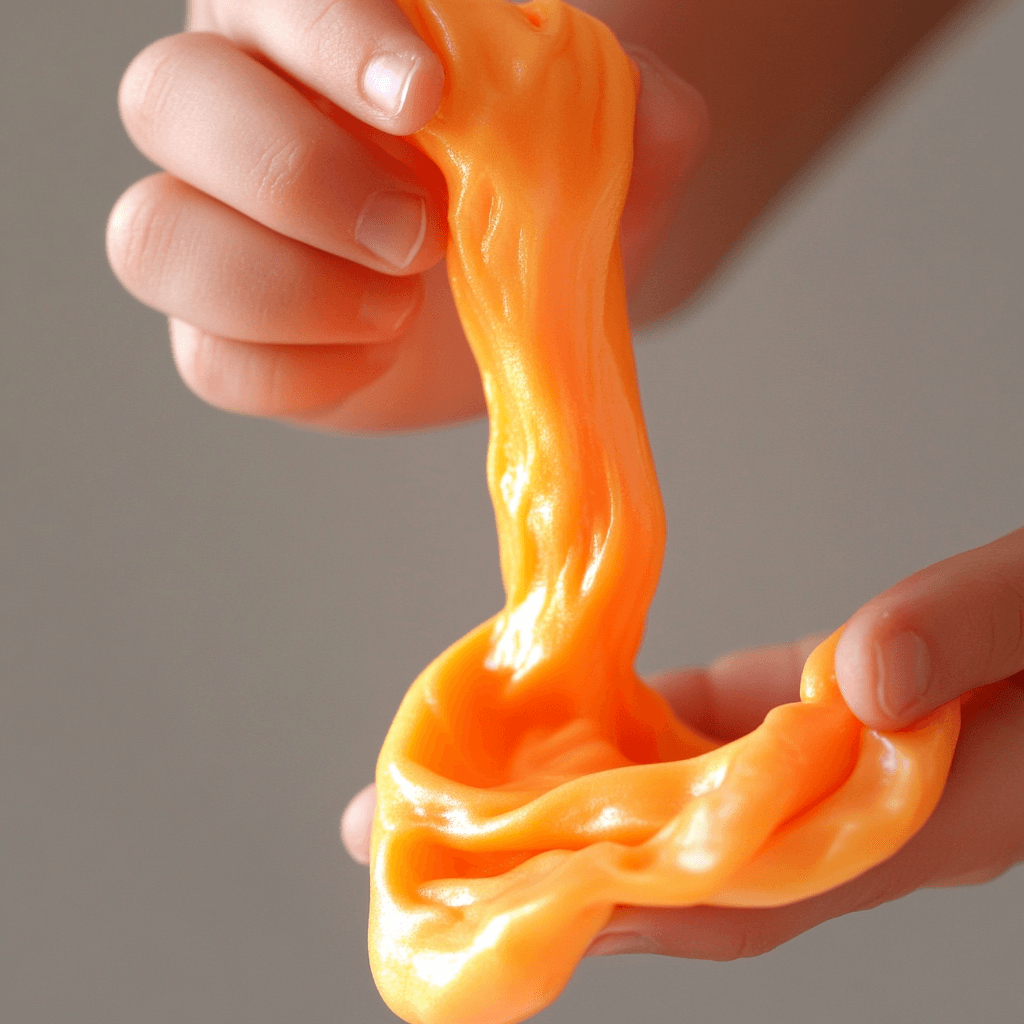Introduction: The Magic of Silly Putty
Silly Putty is not only a classic toy but also a fascinating scientific marvel. What makes Silly Putty so much fun to play with? The answer lies in its science. Many people don’t realize that Silly Putty is more than just a toy—it’s a viscoelastic substance with unique properties. From bouncing like a ball to stretching like a rubber band, Silly Putty has the ability to change shape and behavior depending on how you interact with it. In this article, we will dive into the science behind Silly Putty, exploring the key concepts that make it such a fun and educational material.
What Is Silly Putty?
Silly Putty is made of polymers, long chains of molecules that give it its unique properties. These polymers are cross-linked by weak hydrogen bonds, which are the main reason Silly Putty behaves differently from typical solids and liquids. The combination of these bonds and the structure of the molecules creates the viscoelastic properties of Silly Putty.
The science behind Silly Putty involves chemistry and physics, particularly the behavior of viscoelastic materials. But what does that mean? Let’s break it down.
The Chemistry of Silly Putty: Polymers at Work
The key component in Silly Putty is polydimethylsiloxane, a type of silicone polymer. This material is what gives Silly Putty its stretchy, bouncy, and moldable qualities. Polymers are large molecules made by joining many smaller molecules, called monomers, together. In Silly Putty, these polymer chains are connected by weak bonds known as cross-links.
When you pull on Silly Putty, the bonds between the molecules stretch. If you stretch it slowly, the polymer chains can move and elongate, making the putty more flexible. But when you pull quickly, the cross-links resist stretching, causing the putty to snap like a rubber band.
Viscoelasticity: Why Silly Putty Bounces and Stretches
Viscoelasticity is the term that describes the combined behavior of viscous (liquid-like) and elastic (solid-like) materials. Silly Putty is viscoelastic, which means it behaves like a solid when you apply force quickly and like a liquid when the force is applied slowly.
When you drop a ball of Silly Putty, it bounces like a solid. However, if you leave it sitting for a while or pull it slowly, it will flow and stretch like a liquid. This fascinating behavior is a result of its unique molecular structure and the cross-linking of polymer chains that allow Silly Putty to transition between different states of matter.
The Science Behind Silly Putty’s Bounciness
Have you ever wondered why Silly Putty bounces? This is one of the most fun aspects of the science behind Silly Putty. The bounce comes from its elastic properties, a result of the polymer chains’ ability to return to their original position after being stretched or deformed. When you bounce Silly Putty on a hard surface, the elastic properties of the polymer allow it to rebound, much like a rubber ball.
The structure of Silly Putty also makes it resistant to deformation, which means it can maintain its shape when you compress it. This property, along with its ability to stretch and bounce, makes Silly Putty not only fun but also a great teaching tool for demonstrating basic scientific principles.
How Silly Putty Can Be Used to Teach Science
Silly Putty isn’t just for fun—it’s also a great tool for exploring science concepts. Educators use it to demonstrate important principles in chemistry and physics, such as:
- Polymers and cross-linking: Silly Putty is a perfect example of how polymers work in the real world.
- Viscoelasticity: It’s an excellent material to help explain how substances can behave like both liquids and solids.
- Force and motion: You can demonstrate elasticity, resilience, and how force affects the movement and structure of materials.
Children and adults alike can experiment with Silly Putty to better understand these scientific concepts. It’s a hands-on learning experience that encourages exploration and discovery.
The Accidental Invention of Silly Putty
Interestingly, Silly Putty was invented by accident. In 1943, during World War II, James Wright, a researcher working for General Electric, was trying to create a synthetic rubber substitute. While mixing silicone oil with boric acid, he accidentally created the first batch of Silly Putty.
This accident led to the discovery of a unique material that could stretch, bounce, and flow. It’s a great reminder that sometimes the best discoveries come from unexpected places.
What Makes Silly Putty So Unique?
Several factors make Silly Putty stand out from other materials. It is:
- Non-toxic: Silly Putty is made of safe, child-friendly materials that are non-toxic and durable.
- Viscoelastic: As mentioned, it exhibits both solid and liquid behaviors depending on how it’s handled.
- Malleable: It can be shaped into different forms, stretched, or bounced, making it highly versatile.
These characteristics make Silly Putty a great tool for learning about different scientific concepts while having fun.

Conclusion: The Fascinating Science Behind Silly Putty
The science behind Silly Putty is a perfect blend of chemistry and physics. It’s made of polymers that are cross-linked to create a viscoelastic material, giving Silly Putty its unique properties like bounce, stretch, and flow. This makes it not only an entertaining toy but also a useful teaching tool for understanding basic scientific concepts.
From its accidental invention to its place as a household favorite, Silly Putty continues to captivate people with its fun and educational properties. The next time you play with it, you’ll have a deeper appreciation for the science behind Silly Putty and its fascinating molecular behavior.
Internal Links:
Silly Putty is not only a classic toy but also a fascinating scientific marvel. What makes Silly Putty so much fun to play with? The answer lies in its science. Many people don’t realize that Silly Putty is more than just a toy—it’s a viscoelastic substance with unique properties. From bouncing like a ball to stretching like a rubber band, Silly Putty has the ability to change shape and behavior depending on how you interact with it. In this article, we will dive into the science behind Silly Putty, exploring the key concepts that make it such a fun and educational material.



